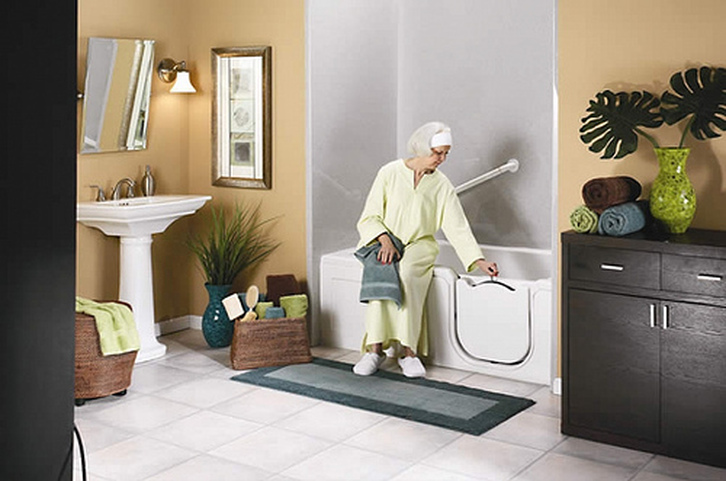Google Search Results for "Low Back Pain"
|
Google teamed up with a group of doctors to help give you accurate medical info when you search common health conditions. We tested it out by searching "low back pain". Very cool! Click below to see the results.
Google Search Results for "Low Back Pain" Now that spring is finally here, we can get back to being active. Unfortunately, being active can often result in injuries. There are many ways to help avoid injury, such as using proper equipment and shoes, playing and training properly, and not training too much. If you do get injured, it’s not the end of the world!
There are two kinds of injuries that you can suffer during activity:
Pain is your body’s way of telling you that something isn’t right. If you are experiencing severe pain, limping, a limited range of motion, or swelling, you should stop your activity immediately. After an injury it is always best to follow professional advice about when you can begin activity again, and in the meantime a physical therapist will have suggestions on how to stay fit. Once you are healed, preventing re-injury is just as important as the healing process was! Be sure to warm up before and after your activity, and if necessary, use extra protective gear on the injured body part. Take it slow at first and know your limits. Before you know it you’ll be back out there feeling great! What do you do if you hurt your ankle? Everyone knows about R.I.C.E: rest, ice, compression and elevation.
Then it became P.R.I.C.E: protection, rest, ice, compression and elevation. From now on...Call the P.O.L.I.C.E. No, not New York's finest, but a better way to heal: protection, optimal loading, ice, compression, and elevation. More recent studies have shown that injuries heal better when the appropriate amount of stress is placed on the healing body part. While we've always been taught to rest an injury, it’s now known that rest can lead to weakness and stiffness as the injury heals. Hence the O.L. in P.O.L.I.C.E. - for “optimal loading”. With complete tendon tears, unstable fractures, or severe pain, optimal loading could mean no loading at all. As for minor injuries, activity can help the injured body part heal properly. Loading could mean light range of motion for a mild sprain. It may also include as much weight bearing as the injury can tolerate without increasing pain, as well as keeping the joints around the injured area moving to keep them strong and flexible. Optimal loading should not increase your pain, but help an injury heal better. When in doubt, check it out. If you’re not sure what to do, don't hesitate to ask your doctor or physical therapist for advice. Every year, one out of three adults aged 65 or older fall. These falls are the leading cause of both fatal and nonfatal injuries among older adults. One of the most heartbreaking things I see in my practice isn't the physical effects of a fall, but the psychological toll. Many older adults fear falling again, and as a result, they limit their activity and social engagement. This often leads to social isolation, depression, a loss of independence, and feelings of helplessness. While we can't completely prevent older adults from falling, there are ways to help improve their balance.
Here are some tips:
For some more information, visit the following sites: NCOA.org CDC.gov What is the difference between a sprain and a strain? Often these words are used interchangeably but they actually mean different things. Joseph lists common causes and symptoms of each type of injury, and provides tips to prevent them. Read more...
Being Brooklyn born and raised means dealing with (and complaining about) snow for months at a time, every single year! Like everything else, snow has its pros and cons, but once it freezes it's all terribly dangerous. Slipping on ice is a great way to get mild &/or severe injurys your back, bones and muscles. Make sure to stay warm, always watch where you walk, and follow these tips to stay safe! Hint: Walk like an adorable penguin. To read about the different types of injuries from slipping on ice, and how to treat them visit: University of Iowa Health Care
|
AuthorJoseph Tobias is a Doctor of Physical Therapy, who practices in Brooklyn, NY. Categories
All
Archives
July 2015
|







